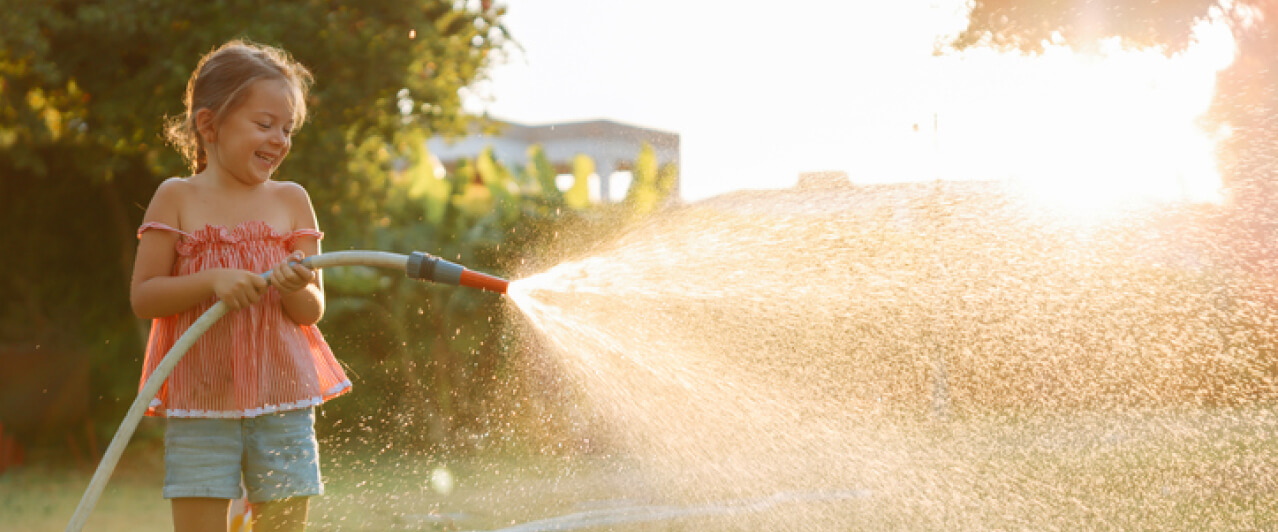Water Quality
How do I know if I have a cross-connection?
Cross-connections can be found in both residential and commercial plumbing systems. Here are examples of where you can look for cross-connections between your drinking water system and non-potable sources on your property: hose bibbs, toilet flush valves, swimming pool fill lines, space heating boilers, landscape irrigation systems, recirculation or booster pumps, and fire sprinkler systems. If you have another source of water to your property, such as a well or pond, that may also be a source of a cross-connection.
Do I have to do anything about cross-connection control?
Property owners are responsible for confirming that air gaps and approved backflow prevention assemblies on the owner’s side of the water meter are properly installed where required within their plumbing systems, maintained, and inspected. Air gaps require annual inspection and assemblies also require annual testing, by certified cross-connection control specialists. This helps to confirm that air gaps and assemblies are functioning properly and continue to protect the drinking water system for you and the community.
What is Cal Water doing about cross-connection control?
At Cal Water, we are complying with the State Board’s new and updated cross-connection control requirements to continue to keep your drinking water supply safe. These requirements incorporate an updated Cross-Connection Control Program, including public outreach and education on backflow prevention and cross-connection control.
We are in the process of performing backflow surveys to determine if certain customers’ properties require backflow protection. We will work with any customers requiring protection to help support the process to install and test their backflow prevention devices.
Why am I hearing about cross-connections now?
In December 2023, the State Water Resources Control Board (State Board), which regulates drinking water in California, updated cross-connection control regulations and adopted the Cross-Connection Control Policy Handbook (CCCPH). The Handbook, which became effective on July 1, 2024, requires water suppliers to provide information to customers regarding backflow protection and cross-connection control. You may see more information on cross-connection control in other materials such as bill inserts and our annual water quality report (Consumer Confidence Report).
Why does cross-connection control matter?
Normally, drinking water flows one way into your property; however, unprotected cross-connections could allow contaminated water from non-potable sources on your property to backflow – or reverse flow – into your drinking water system, impacting your property’s water quality and posing a risk to the drinking water system and public health
What is a cross-connection?
Cross-connections are points in the water system where non-potable water sources – which are unsafe for drinking – on your property could contact drinking water. Examples of non-potable water sources include wash-water in a bucket, swimming pools, landscape irrigation systems, pesticide and fertilizer sprayers, booster pumps, and other appliances and equipment that use water.
Why does my water appear discolored after an outage?
Discoloration can occur due to the disruption of sediment in the pipes. This is usually temporary and can be resolved by running the cold water for a few minutes.
Is it safe to use water after an outage?
Once service is restored, run your cold water taps for a few minutes to clear any air or sediment from the lines. Cal Water will notify customers if a boil water advisory is in effect.

